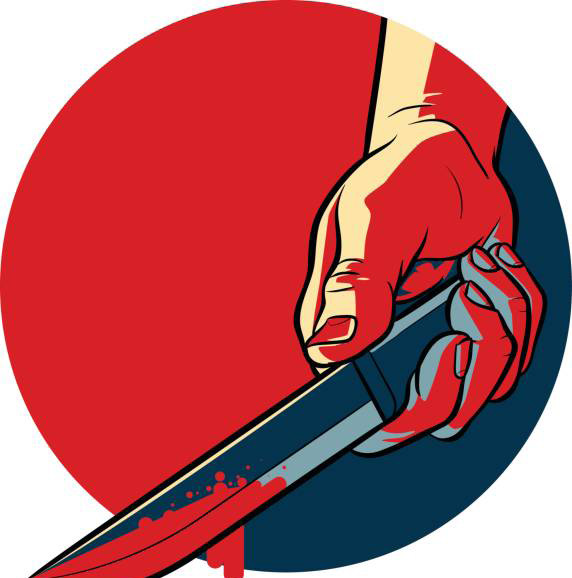
Lady Sings The Blues: The dark history of gender violence
Bhoomi, presented by Adishakti, is an attempted conversation, with two very di erent viewpoints, that examines physical aggression against women
Darshana Ramdev | NT
Bengaluru: Darkness floods the stage and Kamla, the narrator, is startled. She had just begun to tell a story, from the Valmiki Ramayana, as it happened. The tale she was telling - the encounter between Viswakarna’s daughter and King Surath, was being enacted on stage. The interruption has put Kamla in a daze - and the play dives headfirst into Scene Two, into the dark depths of her subconscious. This play is not about actors, or a defined plotline.
Bhoomi is a feminist narrative, presented by Adishakti, the Auroville theatre lab founded by legendary thespian Veenapani Chawla. Directed by Vinay Kumar, this play is not about actors playing their roles, or a plotline with a satisfying ending - this is the director’s story. It belongs to Kamla.
The play traces the difficult history of physical aggression towards women, passed down, generation to generation, over millennia. If Bhoomi begins with a moment of disorientation, it is with reason. The message is meant to disturb. The Adishakti troupe takes a long, unflinching look at physical aggression against women, beginning, as they always do, in the annals of mythology. “To discuss the now, we must discuss the past,” says director Vinay Kumar. “We must return to the core philosophy of the conflict and see how it - and the discourse around it, have evolved through the years.”
In keeping with Adishakti’s powerful style, their message transcends mere words - music remains their most powerful medium. In Brhannala, which they brought to Bengaluru back in 2019, rhythm and percussion dominate, with words woven into their fabric, a rhythmic, hypnotic chatter that reaches straight for the audience’s emotions. Bhoomi, on the other hand, is not minimalist, musicwise - the troupe comes with a full band. “There’s lots of singing - we use jazz, blues, classical, reaching across genres,” says the director, Vinay Kumar. “
Vinay doubles as an actor too, along with Nimmy Raphel in the lead, Arvind Rane, Ashiqa Salvan, Meedhu Miriyam and Sooraj S. ‘Bhoomi’ contains polarities - it is an attempted conversation between two vastly different worlds. The actors speak, they sing and they dance. The protagonist, Kamla, is engaged in dialogue with her actor and as she goes full throttle down the abyss, she questions everything. Especially herself. Disorientation carries the day.
Bhoomirakshasam, the original play in Malayalam, was written by Sarah Joseph, the celebrated novelist and feminist activist from Kerala. Vinay was a part of the play from the very beginning - and has waited ten years to bring it to life. Why? “Sarah Joseph is my mother,” he chuckles. “My own journey in theatre began with her group. My outlook has been shaped by strong women, that has been my upbringing.”
Vinay went on to work with legendary thespian Veenapani Chawla for many years, staying on at Adishakti - her theatre lab. She encouraged her actors to find their own voice as directors, which, Vinay realised, was not as simple as it seemed. “I realised I was trying to recreate her. I need to find my own voice and keep with Adishakti’s aesthetic at the same time.” There was another very important voice from which he needed to separate himself - that of his mother, Sarah Joseph. “We have kept the essence of the play but restructured it entirely. I need to keep sensitizing myself, I hope to keep on doing that.”
Bhoomi is a feminist story, with a Proustian re-telling by Vinay and Adishakti. It explores the depths of the problem but contents itself with asking the questions, not attempting to provide a solution. “It is our duty as creative people to find a solution but art can only reflect fragments, we don’t attempt to find answers.” That is the artist’s responsibility, the creative form of activism. “Art and activism... it’s all interconnected, to me,” Vinay says. “Any opinion is activism, no? That’s my definition of it. The intentions vary, as do our responses, our methods of expression - but it’s all activism, nonetheless. It’s not a tug-of-war.”
 English daily published in Bengaluru & Doha
English daily published in Bengaluru & Doha






